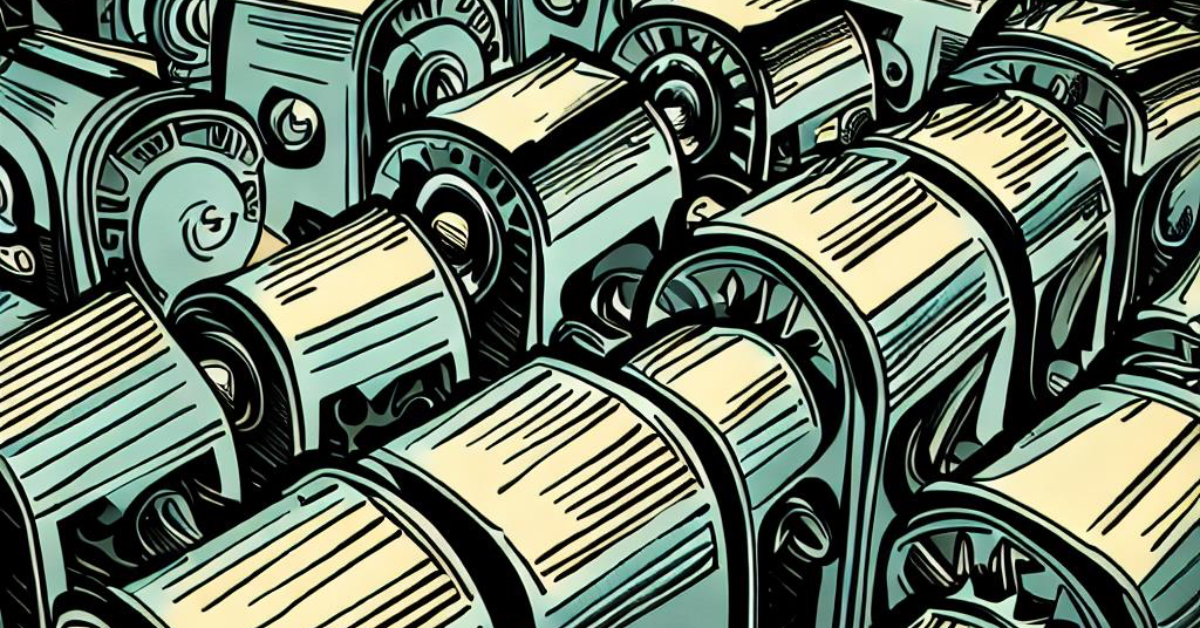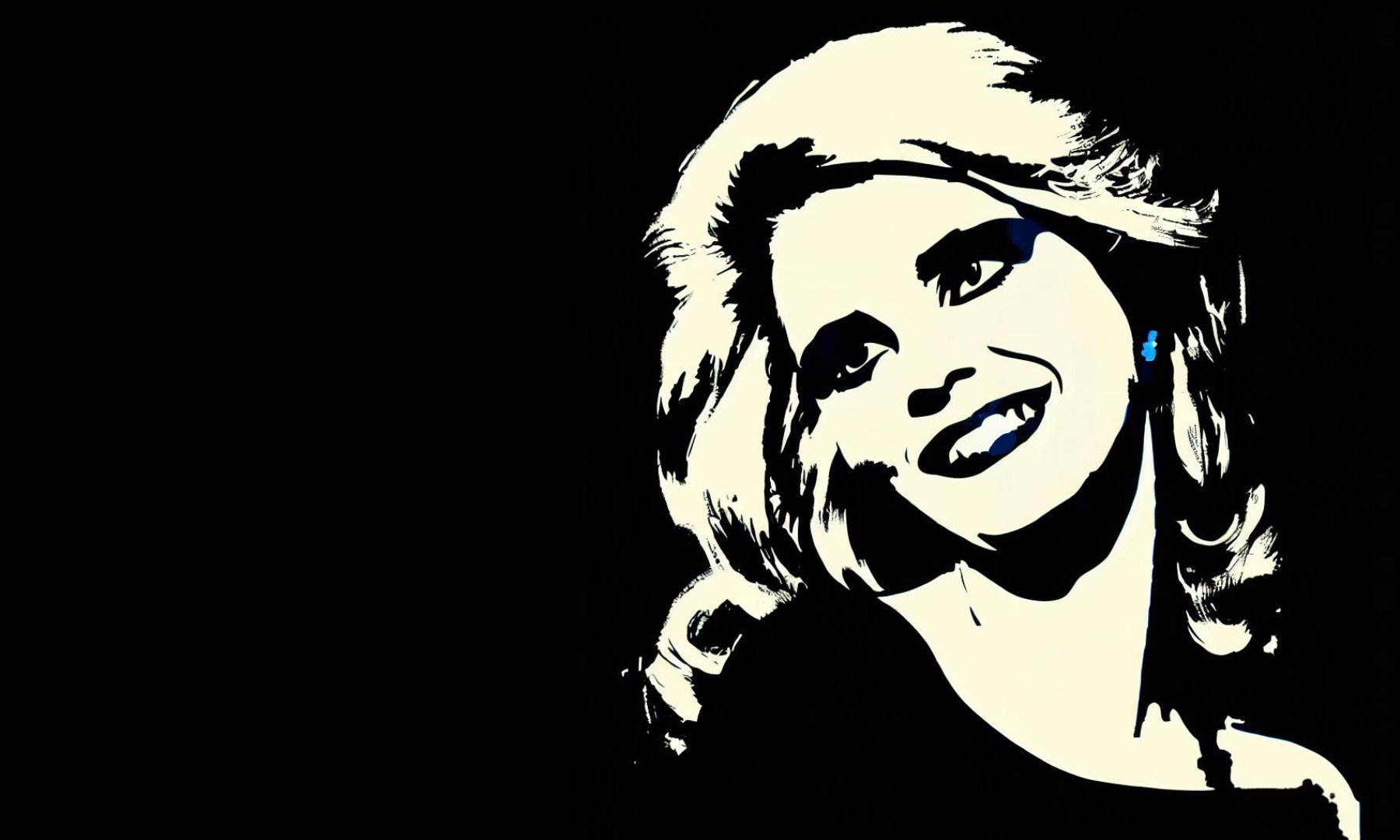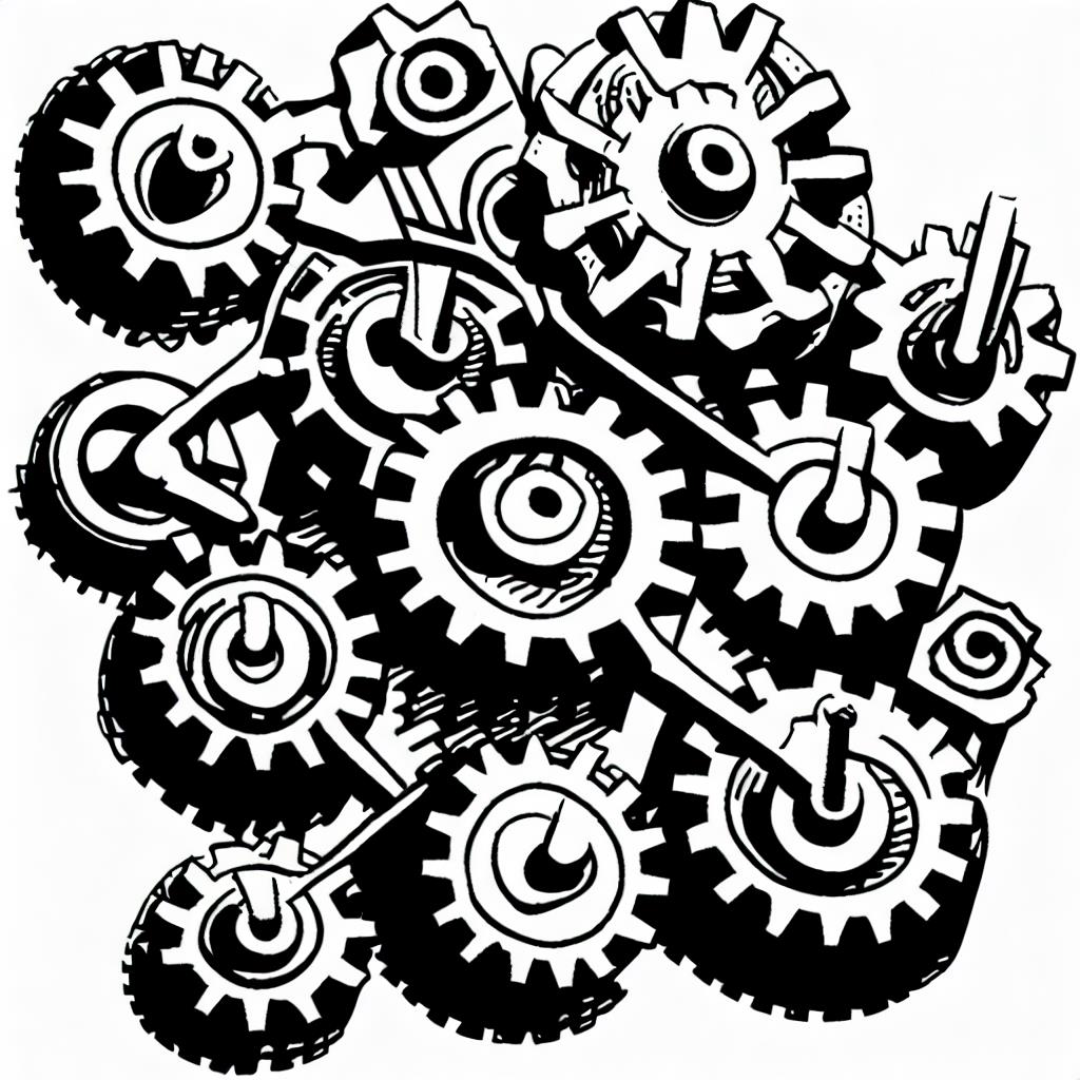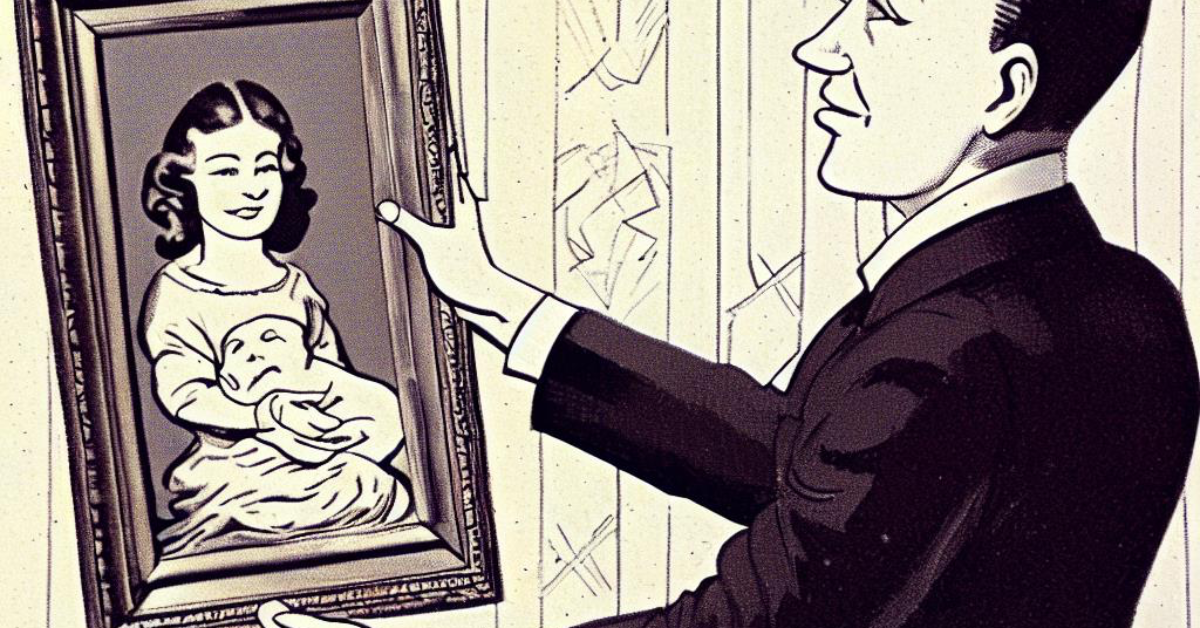Shift:
WHY YOU DON’T NEED
MARKETING AGENCIES EVER AGAIN
Unless you’ve been living under a rock for the last two years or so (and, if that was the case, welcome back!), it’s been impossible to escape the discourse around AI. Artificial Intelligence and its applications/usage in modern creative exploits have exploded recently. This has led to a multitude of things. Firstly, widespread adoption. It’s everywhere and seemingly everyone is using it. Secondly, the fear. Oh, the fear. Don’t get me wrong - I get it. AI is largely unregulated and poses several potential problems if left unchecked. As far as this writer is concerned, though, when it comes to creative work, I wouldn’t treat this as the reason to run for the bunker.
In the last year, the design industry has witnessed a remarkable evolution with the emergence of generative artificial intelligence (AI). This cutting-edge technology has captivated the imagination of creative professionals, hobbyists and anyone who owns an Etsy store, promising a world of endless possibilities and unprecedented efficiency. Generative AI algorithms have demonstrated their ability to generate designs, illustrations, and even entire compositions autonomously. So the obvious question is now, why should I pay a company or person to do what Canva can do in 20 seconds.
When it comes to creative work, the extreme discourse around AI seems to pivot around one major point of view. Creative workers are afraid of being outmoded and replaced by machines. To be clear, as things stand, there is a VERY fair argument to be made about the way AI Art is currently used and the discussion around copyright infringement of existing works. The fear of being replaced isn’t unnecessarily unfounded or coming out of nowhere. The truth is that, generational AI, whether as it relates to images, sound, or writing, seems to have led some to believe that this marks the end of marketing, branding, and creative production houses.

Advancements in generative AI have sparked a wave of innovation within the design landscape. These intelligent algorithms have introduced novel approaches to problem-solving, unlocking new avenues for creativity. From automated design generation to rapid prototyping, generative AI has streamlined workflows and accelerated the design process. It has become an invaluable tool for exploring countless design variations, enabling designers to quickly iterate and refine their concepts.
Additionally, generative AI allow users to tap into vast databases of visual inspiration. The ability of AI to analyze vast amounts of data and recognize patterns has also enhanced user experience design, enabling the creation of personalized and intuitive interfaces that cater to individual preferences. With such innovative potential, it's no wonder that persons who would normally need to go to a firm to create say billboard designs now do it themselves, quickly and for free with great visual results.
So, should branding, design and marketing firms and individuals pack it in and find another oyster to shuck? The answer unsurprisingly is no, Aside from the fact that AI models aren’t yet good enough to just crank out flawless products - all of these things - art, sound, writing, are all just resources. Putting the perfect, handcrafted resources into a non-expert’s hands, even for free, and setting them loose to go ahead and brand or market their business simply will not lead to the successes they envision.

The truth is that though resources are critical, also equally important, is how to use them. For this reason, AI resources are just that - resources. What do experts in these fields actually bring if not the ability to make sleek social media posts on schedule?

The truth is that though resources are critical, also equally important, is how to use them. For this reason, AI resources are just that - resources. What do experts in these fields actually bring if not the ability to make sleek social media posts on schedule?
The answer is somewhat convoluted but basically involves encompassing a range of essential tasks that contribute to building strong and compelling brand identities, engaging target audiences, and driving business growth.
Noteworthy as well is that not every brand would require this combination of skills. For some brands the advent of AI tools can allow the owners to significantly increase the quality of their own efforts and it’s probably only when their own efforts reach a fail point would they then need to employ field specific expert input.

The evolutionary steps for firms and professionals would now be in the strategic realm as expert execution of images are now just the baseline expectation. It means that hiring a professional would now come with the expectation of their work integrating into a larger framework either pre-existing or to be developed, this would lead to overall greater brand coherence, results and growth.
Further, in the unknowable complexity of innovation driving interaction we also have the lessons of MIDI. In the 80s, the introduction of the MIDI protocol had traditional musicians convinced that they were going to be out of their jobs within a matter of months. Time has proven that this was largely false. Instead, something interesting happened. People previously untrained in traditional instrumentation were now able to explore creative creation - in fact, MIDI is largely responsible for electronic music as it stands in the modern day. In addition to this, traditional musicians were able to stand out even more than before because now, the difference in the subtle aspects of their creative work and performances stood out even more when compared to a looping chord progression with all notes hitting at the same velocity. Time has proven that the two could and do exist with plenty of space for them to do their individual, unique things.
The example above was also seen with the development of digital art tools. Many artists looked down on them as being “cheats” and not equal to physical painting and drawing. The reality was that digital art platforms opened up the possibility of creation to whole new audiences but, also, created brand new sets of tools to create things that simply were not typically possible with conventional methods and materials.
At the end of the day, in the modern world, both digital and traditional art exist side by side. In the same way, we believe that, over time, the AI landscape will be regulated in the places it needs to be, level out, and not be seen as a bogeyman but rather a set of tools used by professionals to augment and support their creative efforts. At the end of the day, the beating heart of all creative work, marketing, and branding included, is human. Virtually nothing will change that.





